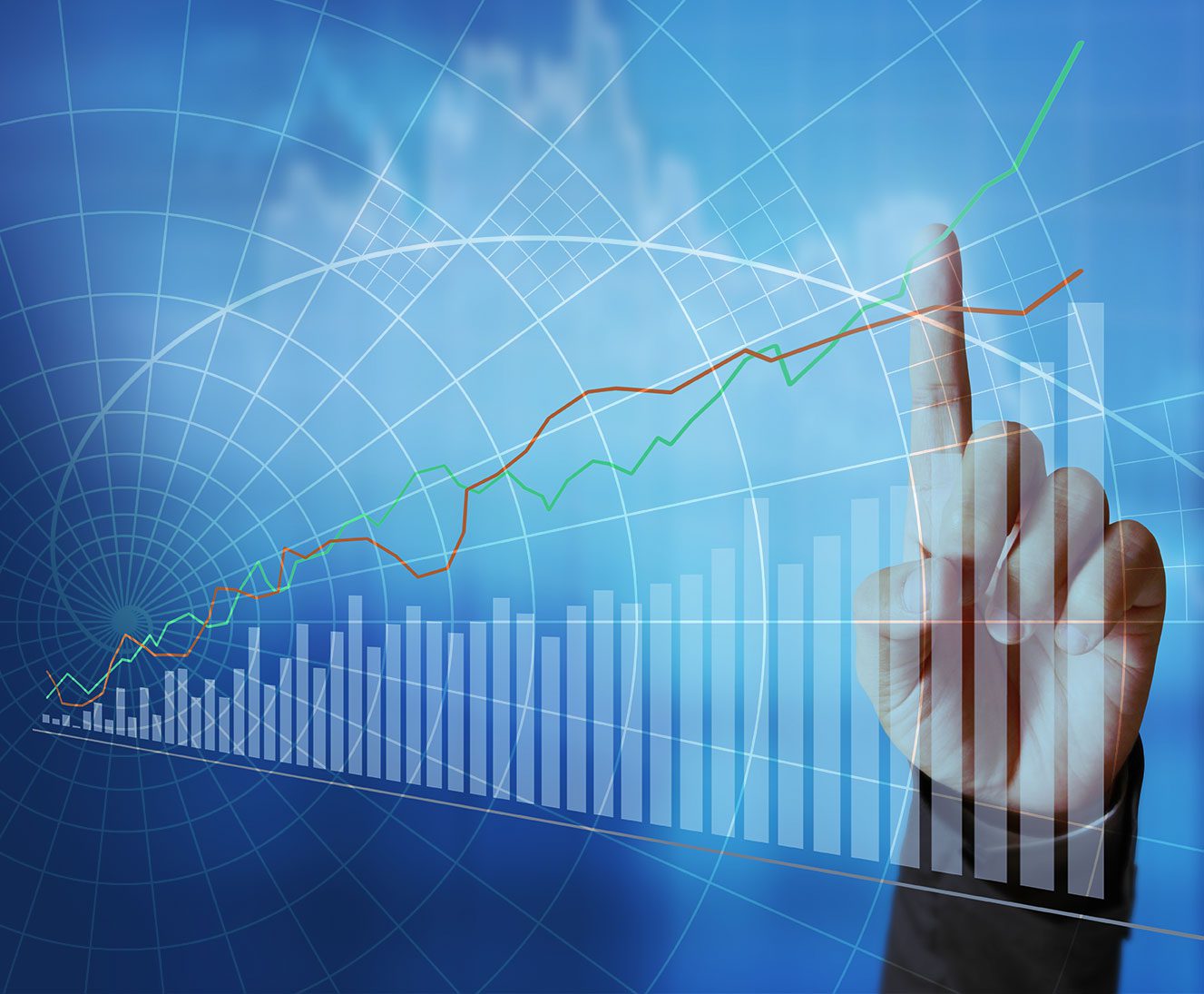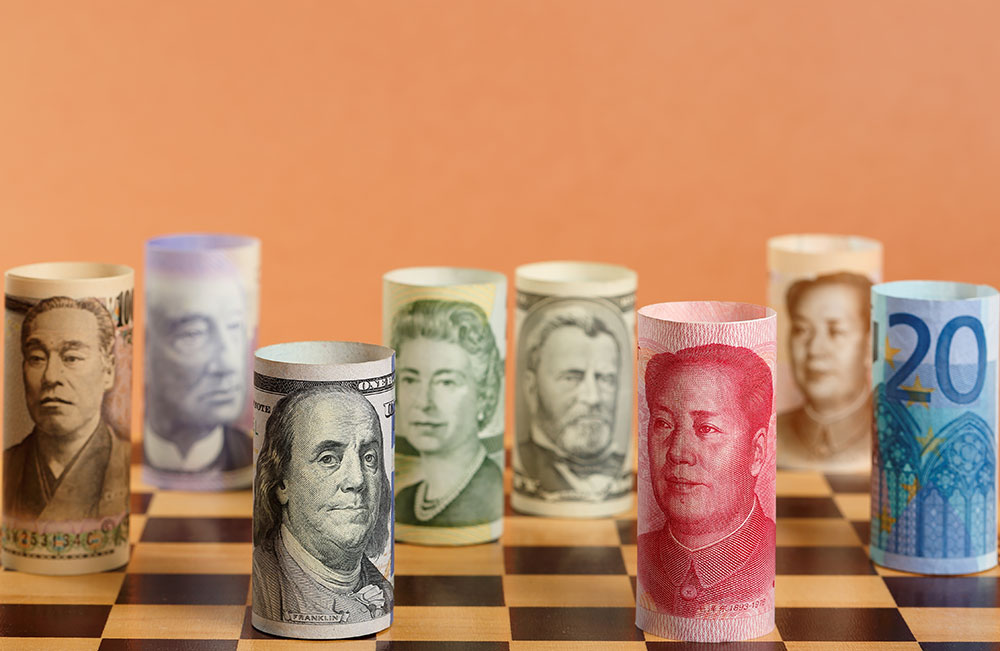28.02.2017
Spread Trading – Art or Science?
 Spread Trading is the simultaneous trading of two instruments in the expectation that the differential between their respective prices will narrow or widen. There will usually be one sale or short leg and one long or purchase leg in a Spread Trade. Though in some cases the two individual trades could conceivably be in the same direction. Spread Trading is also known as relative value or pairs trading and often takes place between two similar instruments. For example stock indices, which the trader believes will have different trading trajectories.
Spread Trading is the simultaneous trading of two instruments in the expectation that the differential between their respective prices will narrow or widen. There will usually be one sale or short leg and one long or purchase leg in a Spread Trade. Though in some cases the two individual trades could conceivably be in the same direction. Spread Trading is also known as relative value or pairs trading and often takes place between two similar instruments. For example stock indices, which the trader believes will have different trading trajectories.
27.02.2017
Fibonacci Trading – Math or Mysticism?
 Trading the markets is all about maths - that is to say it involves numbers, equations and ratios. This is particularly true if you trade the markets using Technical Analysis, or if you statistically analyse macroeconomic and fundamental data. Traders are always looking for patterns, particularly those that occur frequently and are recursive or repeating and self perpetuating if you prefer. Therefore a pattern or sequence which fulfilled these criteria and appeared to be baked into both nature and the markets would be their holy grail.
Trading the markets is all about maths - that is to say it involves numbers, equations and ratios. This is particularly true if you trade the markets using Technical Analysis, or if you statistically analyse macroeconomic and fundamental data. Traders are always looking for patterns, particularly those that occur frequently and are recursive or repeating and self perpetuating if you prefer. Therefore a pattern or sequence which fulfilled these criteria and appeared to be baked into both nature and the markets would be their holy grail.
24.02.2017
Gaming Currency Pairs For Fast Profits
 Currency or Foreign Exchange trading as it's otherwise known is a process in which an investor takes a view on one currency at the expense of another, with the expectation that the value of Currency A will fluctuate relative to the value of Currency B.
Currency or Foreign Exchange trading as it's otherwise known is a process in which an investor takes a view on one currency at the expense of another, with the expectation that the value of Currency A will fluctuate relative to the value of Currency B.
24.02.2017
Forex Trading Scams & How to Avoid Them
 The very size and geographically diverse nature of the Forex market unfortunately means that it attracts more than its fair share of scams, tricksters and con artists.
What's more many of these scams are very plausible with glossy marketing and slick salesmen, who persuade unwary investors to part with their cash. Which sadly is unlikely to ever be seen again.
The very size and geographically diverse nature of the Forex market unfortunately means that it attracts more than its fair share of scams, tricksters and con artists.
What's more many of these scams are very plausible with glossy marketing and slick salesmen, who persuade unwary investors to part with their cash. Which sadly is unlikely to ever be seen again.
23.02.2017
Futures Trading Vs OTC Forex & CFDs… FIGHT!
 Futures Markets evolved in the 19th century to bring producers and consumers together. In the USA, exchanges opened in Chicago to service the needs of mid western farmers and food producers (these would evolve into the modern day CME and CBOT exchanges) whilst in the UK, the informal trading of metals that had existed for hundreds of years in the courtyard of and outside the Royal Exchange become formalised with the establishment of the LME or London Metal Exchange. The role of these exchanges was to provide a marketplace where producers and their customers could buy raw materials and food stuffs for delivery on a fixed date in the future. Trading was conducted using standardised contracts, which specified the quality or grade of the underlying and the amount that each contract or lot represented.
Futures Markets evolved in the 19th century to bring producers and consumers together. In the USA, exchanges opened in Chicago to service the needs of mid western farmers and food producers (these would evolve into the modern day CME and CBOT exchanges) whilst in the UK, the informal trading of metals that had existed for hundreds of years in the courtyard of and outside the Royal Exchange become formalised with the establishment of the LME or London Metal Exchange. The role of these exchanges was to provide a marketplace where producers and their customers could buy raw materials and food stuffs for delivery on a fixed date in the future. Trading was conducted using standardised contracts, which specified the quality or grade of the underlying and the amount that each contract or lot represented.

